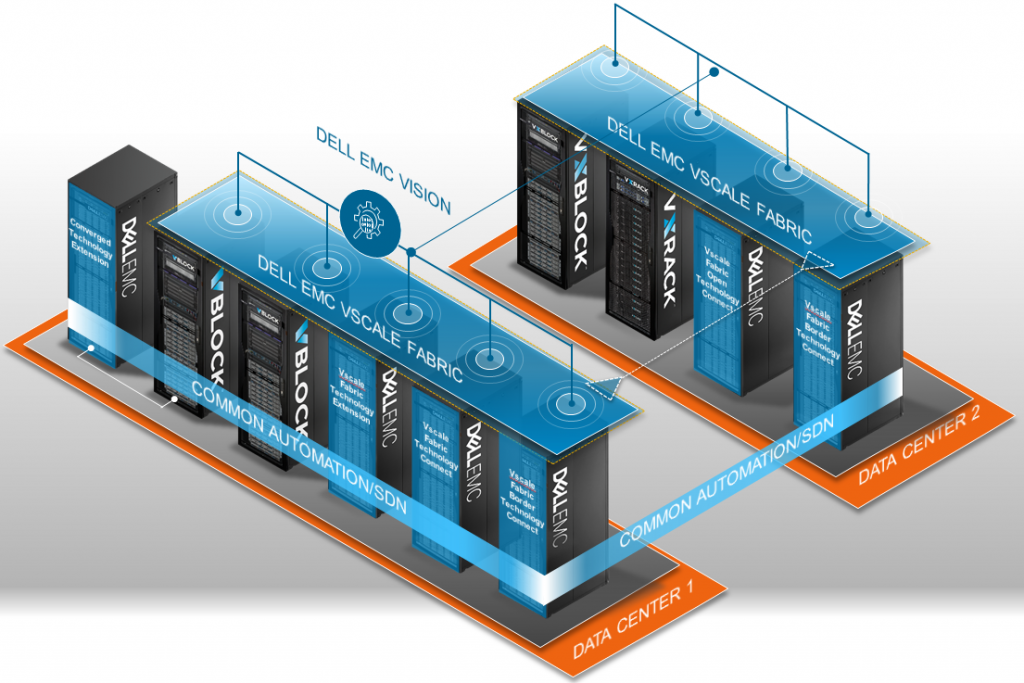As I get ready to head to Cisco Live in Berlin I’ve been giving a lot of thought to IT systems. All IT systems and their components have limits, boundaries of all sorts: technology upgrade options, maximum scalability, ease of reconfiguration and openness to integrate with multi-vendor systems, to name a few.
Converged infrastructure systems (i.e., compute, storage, network and virtualized components engineered and manufactured together as one product) have limits too, albeit highly scaled limits.
For example, Dell EMC Vblock or VxBlock Systems can scale from 2 to 256 compute blades, 4 to 11,264 cores, 2 to 10 raw Petabytes. Limits yes, but that’s more than enough to handle many enterprises’ entire mix of data center workloads. And these converged systems have the flexibility to mix and match technologies (e.g., different types of storage and compute devices) through side-car cabinets called Converged Technology Extensions.
But what’s next?
- What if you want to scale more?
- What if you want to share resources across converged systems?
- What if you want to share converged resources with legacy, non-converged systems – or vice versa?
How do you go beyond the boundaries of converged systems, even if they can scale to 10 Petabytes and thousands of CPU cores?
Those are challenges that our customers would like to see Dell EMC solve.
And to solve them, the company literally thought “outside the box” – and created the Vscale Architecture to converge resources across networks.
Since March 2015, when VCE (now Dell EMC’s Converged Platforms & Solutions Division) first announced Vscale Architecture as a strategy, the company has been quietly deploying it across a range of industry sectors: government, transportation, finance, retail, manufacturing, healthcare research, and more.
Here’s an illustration of one such deployment scenario:

This architecture extends the benefits of convergence — operational simplicity, lower risk and faster time to market for new services — to the entire data center and across distributed data centers.
Over the next few months, I’ll be blogging and writing new literature about the architecture, its core components (such as pre-engineered Cisco spine and leaf networks with Cisco automation and software defined networking), and its real-world deployments.
In the meantime, see the data sheet posted here to get a first, high-level description of the architecture and its various components.